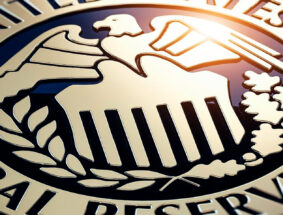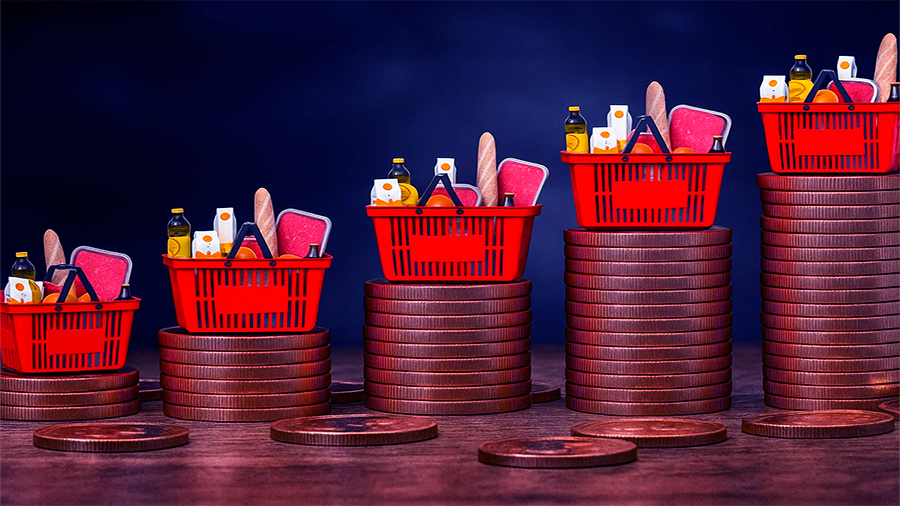Key Rate Hikes And Inflation: Tool Or Risk To Growth?
Raising The Key Rate: Does This Method Work Against Inflation?
Central banks around the world have one blunt but powerful tool when inflation begins to spiral: raising the key interest rate. The idea is simple on paper—make borrowing more expensive, slow down spending, and bring prices under control. In practice, the impact is far more complex. Higher rates cool demand but also dampen investment, hiring, and growth. For households and businesses, the effect is immediate: loans become costlier, credit shrinks, and saving starts to look more attractive. The question many ask is whether this method really works against inflation, or whether it creates as many problems as it solves.
Why Interest Rates Matter
The key rate is the anchor for an economy’s entire credit system. Banks use it to set mortgage rates, consumer loans, and business financing costs. When central banks raise it, money effectively becomes more expensive. This discourages households from borrowing and reduces demand for goods and services. At the same time, companies face higher costs when seeking loans for expansion or day-to-day operations. The intention is to slow overall activity just enough to ease pressure on prices. But because this mechanism works through human behavior, results often take months to show.
The Demand Side Effect
Inflation often rises when demand outpaces supply. By raising rates, central banks hope to cool purchasing activity. If fewer people take loans for houses, cars, or vacations, demand for these goods slows, and price growth eases. The downside is that reduced demand also hurts businesses, leading to slower hiring and even layoffs. What stabilizes prices in theory can weaken job markets in practice.
The Classic Logic Of Rate Hikes
The policy rests on a chain reaction: higher rates mean higher loan costs; higher loan costs reduce borrowing; less borrowing lowers demand; lower demand slows inflation. For decades, this has been the textbook approach. Yet every economy is different, and inflation is not always driven by demand. Sometimes external shocks—energy prices, supply shortages, or geopolitical tensions—drive costs higher. In such cases, raising rates can only go so far. It may tame domestic spending but cannot control global oil prices or disrupted shipping routes.
| Step | Effect On Households | Effect On Businesses |
|---|---|---|
| Rate Increase | Loans become more expensive | Financing costs rise |
| Reduced Borrowing | Less spending on homes, cars, credit | Lower investment, fewer expansions |
| Falling Demand | Consumption slows | Sales decrease |
| Inflation Cools | Purchasing power stabilizes | Margins squeezed but prices ease |
The Trade-Off: Prices vs. Growth
Raising rates is never neutral. The same policy that controls inflation can also slow the broader economy. Businesses delay projects, households cut back on spending, and governments face higher debt servicing costs. This trade-off creates tension between stabilizing prices and supporting growth. Politicians often criticize central banks for tightening too much, while economists argue that inaction against inflation is worse. Finding the balance is one of the hardest tasks in economic management.
The Household Impact
For ordinary families, the effect is immediate and personal. Mortgage payments rise, credit cards get pricier, and small loans for education or healthcare stretch budgets. While inflation might eventually ease, many households feel squeezed long before benefits appear. This is why rate hikes often spark public discontent, even if they stabilize the economy in the long run.
Does It Always Work?
Rate hikes have a track record of success in controlling demand-driven inflation. But when price increases come from supply shocks, the results are mixed. If oil prices double due to geopolitical tensions, raising interest rates does not increase supply—it only reduces demand. The inflation may ease, but at the cost of slower growth and rising unemployment. This mismatch fuels debate about whether central banks rely too heavily on this one tool.
Global Examples
In the United States, the Federal Reserve has repeatedly used rate hikes to cool inflation, often succeeding but at the cost of recessions. In Europe, recent energy-driven inflation exposed the limits of this tool—higher rates could not lower gas prices but did squeeze households. Emerging economies face even sharper trade-offs, as higher rates can stabilize prices but also deter much-needed investment.
Alternative Or Complementary Tools
Some economists argue that rate hikes alone are insufficient. They suggest combining monetary tightening with other measures: fiscal discipline, targeted subsidies, or investment in supply chains. Addressing the root causes of inflation—such as energy shortages or housing undersupply—may work better than simply suppressing demand. However, such measures require political will and time, whereas raising rates is fast and direct. That is why central banks reach for it first, even if imperfect.
| Inflation Driver | Effectiveness Of Rate Hikes | Alternative Tools |
|---|---|---|
| High consumer demand | Very effective | Fiscal restraint, higher savings incentives |
| Energy price shock | Limited impact | Strategic reserves, investment in renewables |
| Housing shortages | Weak impact | Construction incentives, zoning reforms |
| Import disruptions | Minimal impact | Trade diversification, local production |
The Psychological Factor
Beyond mechanics, rate hikes also work by shaping expectations. When central banks raise rates, they signal seriousness about controlling inflation. Businesses and households adjust behavior accordingly—delaying purchases, moderating wage demands, or lowering price increases. Confidence in the central bank matters as much as the rate itself. If people believe the bank will succeed, inflation expectations stabilize, reducing self-fulfilling spirals of rising prices. Without credibility, even aggressive hikes may fail to change behavior.
Managing Expectations
Inflation is partly psychological. If consumers expect prices to rise, they spend faster, which drives prices up further. If businesses expect higher costs, they raise prices preemptively. Rate hikes aim to break this cycle by signaling a shift. Whether they succeed depends not only on economics but also on communication.

Long-Term Consequences
Repeated rate hikes shape economies beyond inflation control. They encourage saving over borrowing, cool speculative bubbles, and sometimes reshape entire industries. Housing markets slow, consumer lending contracts, and businesses reliant on cheap credit shrink. These adjustments may create healthier balances over time but feel painful in the short run. For governments, higher rates mean bigger bills to service public debt, limiting fiscal flexibility. For investors, they shift the balance from stocks to bonds, reshaping financial markets.
The Danger Of Overcorrection
If central banks tighten too aggressively, they risk triggering recessions. Demand may collapse faster than inflation cools, leaving economies weaker than before. This is why central banks often raise rates gradually, testing how markets respond. Yet in high-inflation environments, gradual moves may not be enough, forcing sharper action. Striking the right balance remains a constant challenge.
The Conclusion
Raising the key rate is one of the oldest tools in the central bank playbook. It works by slowing borrowing, cooling demand, and signaling commitment to price stability. In cases of demand-driven inflation, it remains highly effective. But its limits show when inflation comes from supply shocks beyond domestic control. While it curbs prices, it also slows growth, raises debt costs, and affects household budgets. The trade-off is unavoidable: stability versus momentum. In today’s uncertain climate, the method still matters—but it works best as part of a broader strategy, not as the only answer to rising prices.



